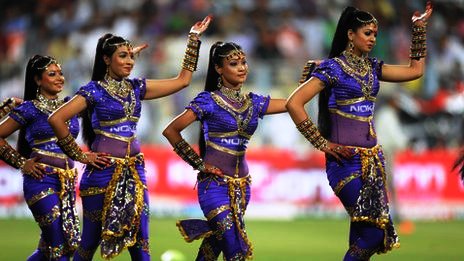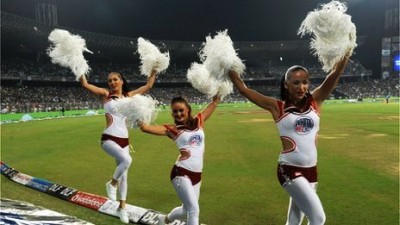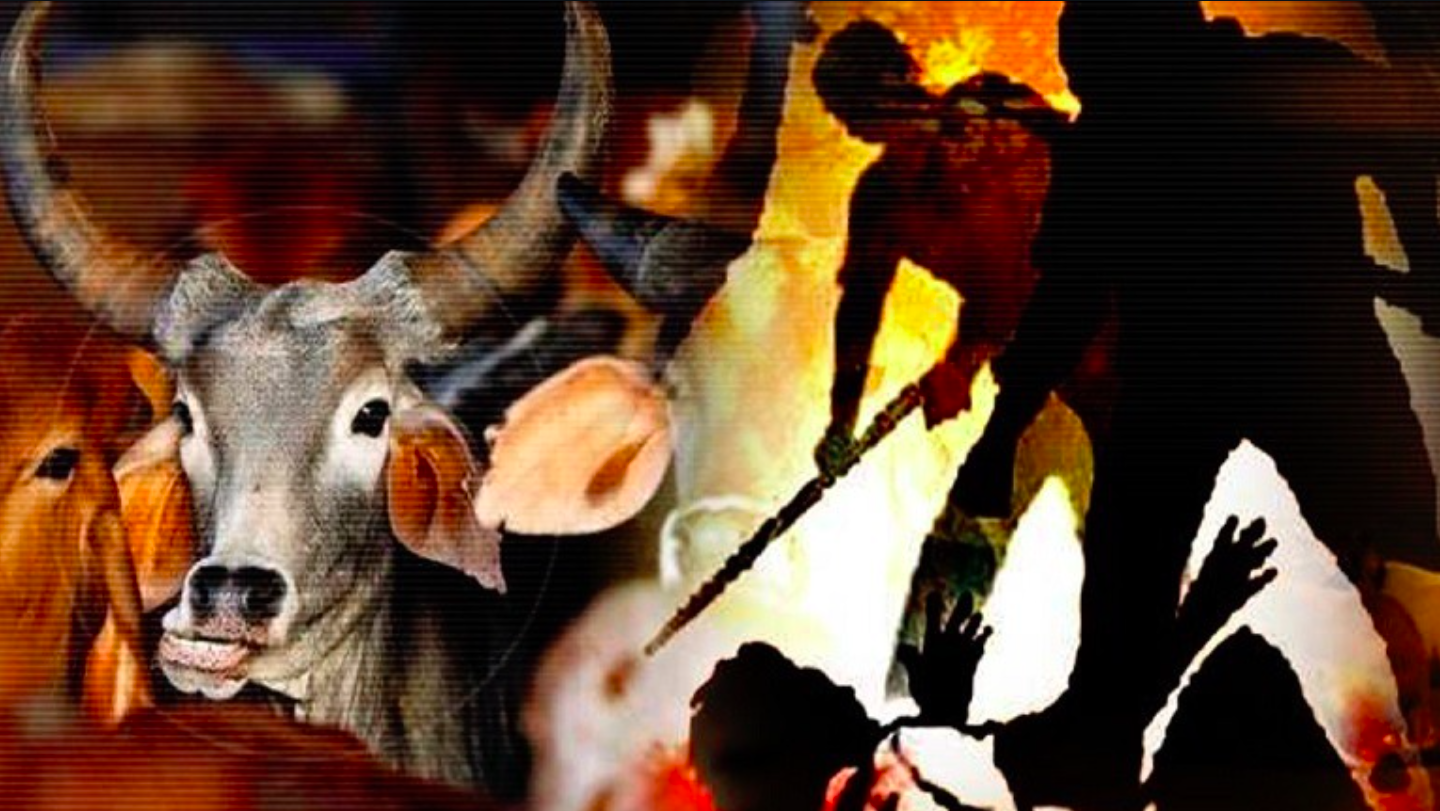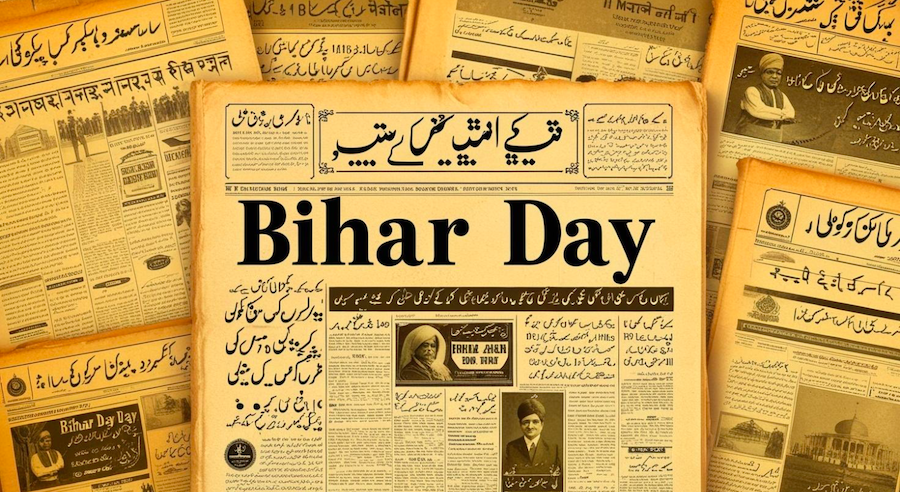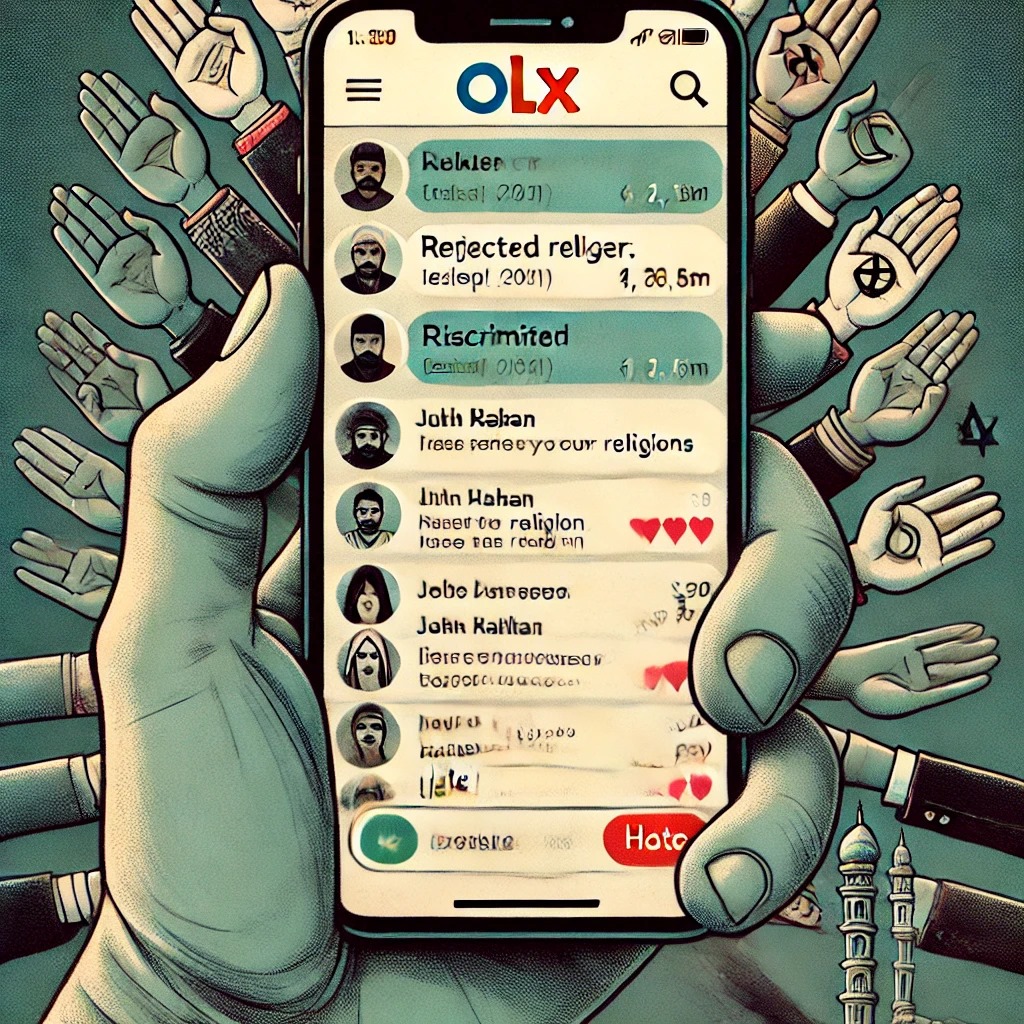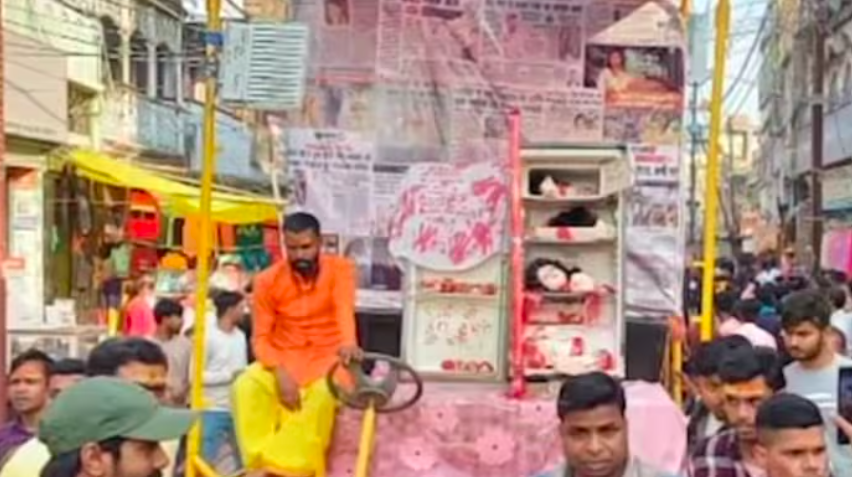Shamik Bag
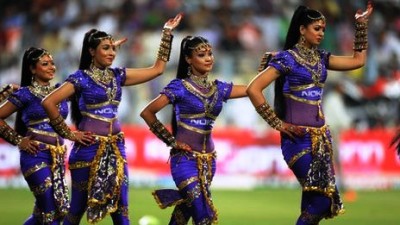
They continue to entertain the crowds at Indian Premier League cricket matches, but Western-style mini-skirts and lewd dance moves have been shelved by the teams’ cheerleaders.
Two teams, the high-profile Kolkata Knight Riders and the Pune Warriors, have opted for inoffensive saris and less suggestive Indian-style choreography.
Cheerleading squads for most other teams in the multi-billion-dollar league have donned knee-length leggings – sometimes even skin-coloured.
Much like Lalit Modi, the former commissioner of the IPL who oversaw the league’s first three seasons of Twenty20 cricket and was subsequently removed amid allegations of corruption and nepotism, cheerleaders in hot pants have seemingly become a little too hot to handle.
‘Soft target’
“This is part of the effort to deglamourise the IPL since the exit of Mr Modi,” says a senior official of Hanmer MSL Communications, speaking on behalf of the CEO of Kolkata Knight Riders (KKR), Venky Mysore.
“The priority is on cricket. It is also true that cheerleaders are often the soft target of the moral police in India,” the official said.
This year KKR, owned by Bollywood actors Shah Rukh Khan and Juhi Chawla, has seen its cheerleaders dressed in garish purple and gold saris dancing in rhythm with local dhakis (drummers) to the team anthem and Bollywood film music.

The idea, it is reported, came from KKR’s actor-owners who found inspiration from a Bollywood film in which they had played the lead roles.
The film, aptly, was called Phir Bhi Dil Hai Hindustani (Yet My Heart Is Indian), in which Ms Chawla played a woman from the Bengali community which forms the Calcutta team’s primary support base.
The KKR management has also employed “only local girls” as cheerleaders in the current IPL instead of using fair-skinned foreigners, the norm since the inaugural IPL in 2008.
“Now that Shah Rukh Khan has been appointed as brand ambassador of West Bengal (the state of which Calcutta is the capital city), using traditional costumes and local cheerleaders is all about making an emotional connection with the Bengali community,” the official added.
Not everyone is buying the argument.
After a match against the Rajasthan Royals at the Eden Gardens in Calcutta, Sikharendu Datta, a banker, found the KKR cheerleaders to be unlike Bengalis.
“They don’t wear saris the Bengali way or dance the Bengali way or to Bengali music, other than the team anthem. At best, they are just cheerleaders in saris,” said Mr Datta.
‘Distracting’
The IPL was envisaged as a meeting of the best popular baits in India – bang bang cricket, Bollywood stars, music and prime time televised spectacle. Long-legged blonde cheerleaders in short dresses completed the picture with their pom poms and American Super Bowl moves.
Ironically, among the first to protest against the presence of the cheerleaders was a player.
Pakistani cricketer Shahid Afridi, who was playing for an IPL team in the inaugural season, said he found the cheerleaders “distracting” for the batsmen. At least one newspaper report suggested the poor-in-form player keep his eye on the ball.
Over the years, and for varying reasons, others have spoken out in agreement with the Pakistani all-rounder.
Meanwhile Afridi, along with other Pakistani players, has been kept out of the lucrative IPL players’ auctions since the 2008 Mumbai attacks, in which militants from Pakistan were found to be involved.
In the state of Maharashtra – home to the Mumbai Indians and Pune Warriors – Bal Thackeray, the powerful chief of the Hindu right-wing political party Shiv Sena, felt the cheerleaders were introduced to “seduce” the crowd.
Former Bharatiya Janata Party politician Shatrughan Sinha said the use of cheerleaders made a “mockery” of cricket, while social activist Swami Agnivesh felt it to be “the height of vulgarity”.
In Orissa, a fringe political outfit called Kalinga Sena threatened to disrupt IPL games in the state if cheerleaders were allowed.
‘Exotic and sensuous’
The girls continued to be in the news after two “dark-skinned” cheerleaders complained of racial bias and another blogged about flirtatious cricketers. A South African cheerleader subsequently lost her job.
In a 2010 interview given to the BBC, former IPL head Lalit Modi was asked about the League’s seeming preference for blonde pom pom girls and whether he was saying Indian girls were not beautiful.
Of course not, Mr Modi countered haltingly, India has the prettiest girls. “There are many, many Indian women participating in the IPL as fans, or in the stadium or watching the product,” he added.
If the IPL let Indian women on the field as cheerleaders, it happened only after Mr Modi’s exit after the third season and with the emergence of the Pune Warriors India (PWI) team from 2011.
Dressed in traditional Indian classical dancing costumes, Pune have dubbed their cheerleading team the Cheer Queens and the performers Bharatiya Nrityaganas (Indian Dancers).
‘Exotic and sensuous’
“I thought it was a brilliant way to move out of our set thinking about cheerleaders,” says dancer Tanushree Shankar, who worked as a consultant with the PWI Cheer Queens last year.
“Classical and folk dance forms not only showcase our Indianness, but can be exotic and sensuous too,” she says.
Despite complaints from some fans that a certain spark is now missing from the league’s proceedings, cheerleaders continue to be an important part of the IPL, says Raghu Iyer, CEO of the Rajasthan Royals (RR).
“It is a very important revenue-generation item sold to sponsors and partners,” he says.
The Rajasthan cheerleaders have “over the last few years” increasingly appeared in more conformist fashion. This year, their blue tights have been extended to well below the knees.
“We ensure that their attire and choreography take the sensibilities of the Indian viewing family into account. In future we might also have local girls as cheerleaders,” says Mr Iyer.
In the two decades since the Indian economy opened up, India has found ways to localise the most prominent of international brands.
From pizza ingredients, music and fashion to automobile engineering, Indian tastes, ethics, political compulsions and needs have gradually been added to the product mix by multinationals.
By all indications, even cheerleading at the IPL is no exception.
(Shamik Bag is a Calcutta-based writer and journalist and This article was first published in BBC)

